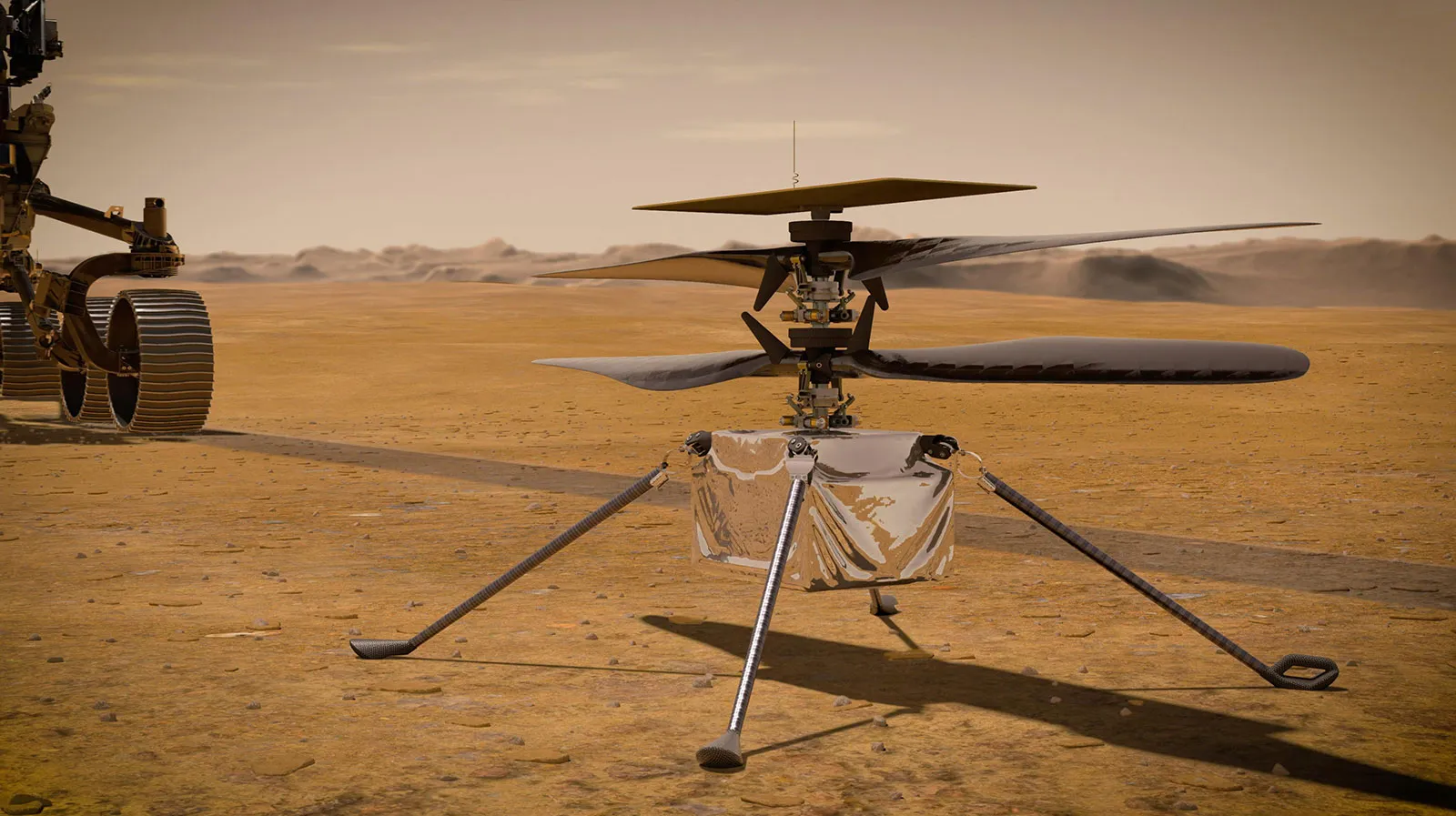
NASA is seeking innovative approaches to enhance its ambitious $11 billion, 15-year mission to collect and return samples from Mars. The space agency has identified seven promising proposals from private companies, awarding each a $1.5 million contract to further develop their plans for the Mars Sample Return (MSR) mission.
The selected companies and their proposal titles are:
- Lockheed Martin: “Lockheed Martin Rapid Mission Design Studies for Mars Sample Return”
- SpaceX: “Enabling Mars Sample Return With Starship”
- Aerojet Rocketdyne: “A High-Performance Liquid Mars Ascent Vehicle, Using Highly Reliable and Mature Propulsion Technologies, to Improve Program Affordability and Schedule”
- Blue Origin: “Leveraging Artemis for Mars Sample Return”
- Quantum Space: “Quantum Anchor Leg Mars Sample Return Study”
- Northrop Grumman: “High TRL MAV Propulsion Trades and Concept Design for MSR Rapid Mission Design”
- Whittinghill Aerospace: “A Rapid Design Study for the MSR Single Stage Mars Ascent Vehicle”
These proposals were chosen following NASA’s request for proposals (RFP) in April, and they represent a diverse range of ideas on how to simplify and improve the MSR mission. In addition to the seven private companies, NASA also selected studies from its own Jet Propulsion Laboratory and Applied Physics Laboratory, bringing the total to ten studies aimed at reimagining the mission.
While the titles of these proposals are intriguing, they offer limited insight into the specifics of each plan. For instance, SpaceX’s proposal suggests using its Starship vehicle, but the details on how Starship will collect and return Martian samples remain to be clarified. The study phase, which will run from July to October, aims to evaluate the feasibility of these alternative mission designs and determine if they can safely bring Martian samples back to Earth.
NASA’s MSR mission has been acknowledged as highly complex, involving multiple vehicles like the Perseverance rover, a novel sample retrieval lander, a Mars Ascent Vehicle (MAV), and an Earth return orbiter. These components must work in perfect harmony to collect and transport the samples back to Earth. Given the intricate and costly nature of this mission, an independent review board last year advised NASA to reconsider the mission’s design.
Responding to these recommendations, NASA’s RFP sought proposals for simplified mission designs that would reduce costs and expedite the sample return timeline. The agency is particularly interested in integrating aspects of its existing MSR mission and Artemis program into the new proposals.
Related News:
Featured Image courtesy of NASA/Getty Images
